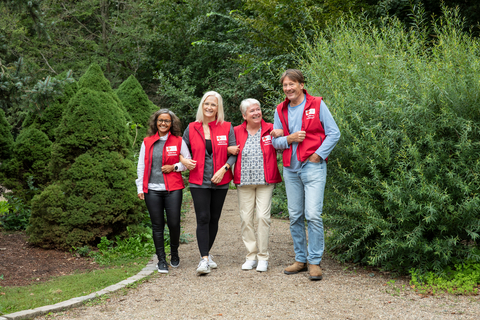Current responses to humanitarian crises are often siloed, fragmented, short term, and strongly medicalised rather than community based. Other priorities may appear more pressing, particularly when coupled with a shortage of human and financial resources. Addressing the risk factors (poor nutrition, lack of exercise, smoking, alcohol and stress) using models of preventive action in humanitarian settings have not, to date, been a focus for researchers and humanitarian agencies. However, prevention and planning save lives during and beyond the acute phase of a crisis.
Success would be defined as NCD prevention being better resourced and fully embedded in regional preparedness plans, ensuring that those at risk of NCDs are included in an emergency response and mitigating the impact of a humanitarian emergency on the longer-term health of the population.
We need to create a strong basis that ‘allows communities to be resilient and with the ability to withstand shocks’ (Bootcamp participant).
Discussion
The policy ask was welcomed by the experts but acknowledged as ‘ambitious’ because prevention is seldom prioritised enough, even in non-emergency settings – but ‘realising this in emergency settings could be leapfrogging, doing the completely unexpected!’ (Bente Mikkelsen, WHO). Prevention is possible in protracted crisis/refugee settings – for example through improved nutrition, psychosocial and peer support.
Although humanitarian funding is seldom available for prevention in general (‘we are not peace-builders – we come in when things go wrong’ – Panu Saaristo, IFRC), there needs to be a continuum between emergency response and longer-term preventive initiatives. Development stakeholders, and particularly donors, also need to be convinced of the benefits of engaging with and financing this agenda.
Several other actions were discussed that could maximise the potential for prevention of NCDs in humanitarian emergencies, including:
- taking a community-led and people-centred approach to promoting and implementing NCD interventions;
- investing in the generation of evidence from the implementation of non-medicalised interventions to address NCD risk factors; and
- creating a global platform for multisector coordination to ensure a comprehensive response to NCDs that includes prevention.
